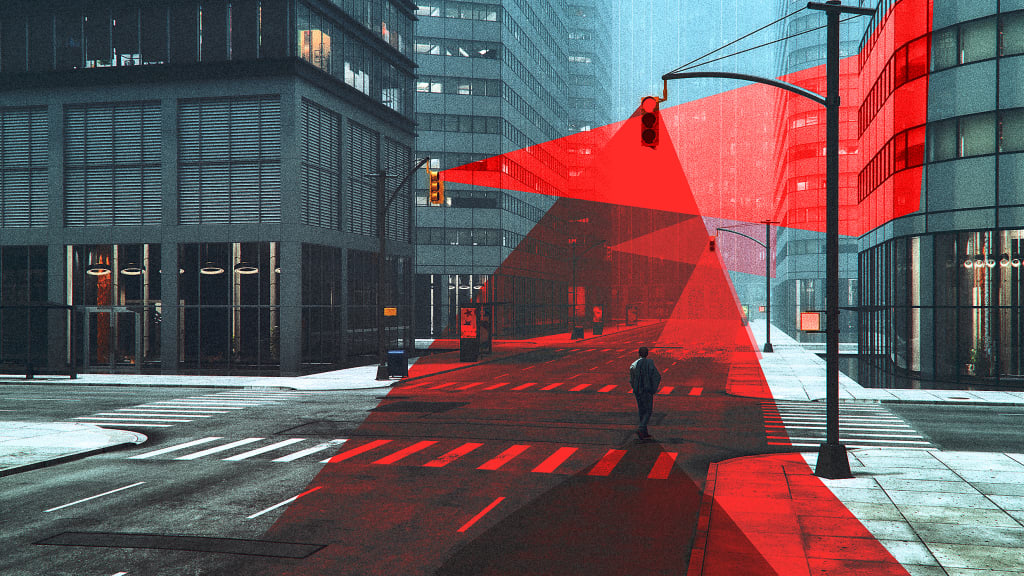
"Every day, public agencies across the country greenlight projects that cost millions of dollars, destroy neighborhoods, and ultimately kill people—all in the name of saving drivers a few seconds."
"This grade has nothing to do with safety, quality of life, economic productivity, or human flourishing. It's entirely about how long a vehicle waits at an intersection or slows down during rush hour."
"Experts give a failing grade to an intersection where people wait a little over a minute before going about their business. Taxpayers are forced to chip in for road expansion projects that cost hundreds of millions of dollars to build."
"The intersections are graded during the busiest hour of the busiest day of a week. If the experts were honest about their analysis, they'd tell you the following: During the busiest hour of the day, the average driver waits 30 seconds at the stop sign."
Modern American cities suffer from planning practices that prioritize the convenience of drivers over the well-being of communities. City planners and road engineers calculate success based on a metric called Level of Service (LOS), which focuses solely on vehicular delay instead of safety or quality of life. This focus leads to expensive road expansion projects that destroy neighborhoods, doling out failing grades to intersections if the average driver waits just over a minute. Such evaluations ignore broader impacts, detrimental to human flourishing and community vitality.
Read at Fast Company
Unable to calculate read time
Collection
[
|
...
]